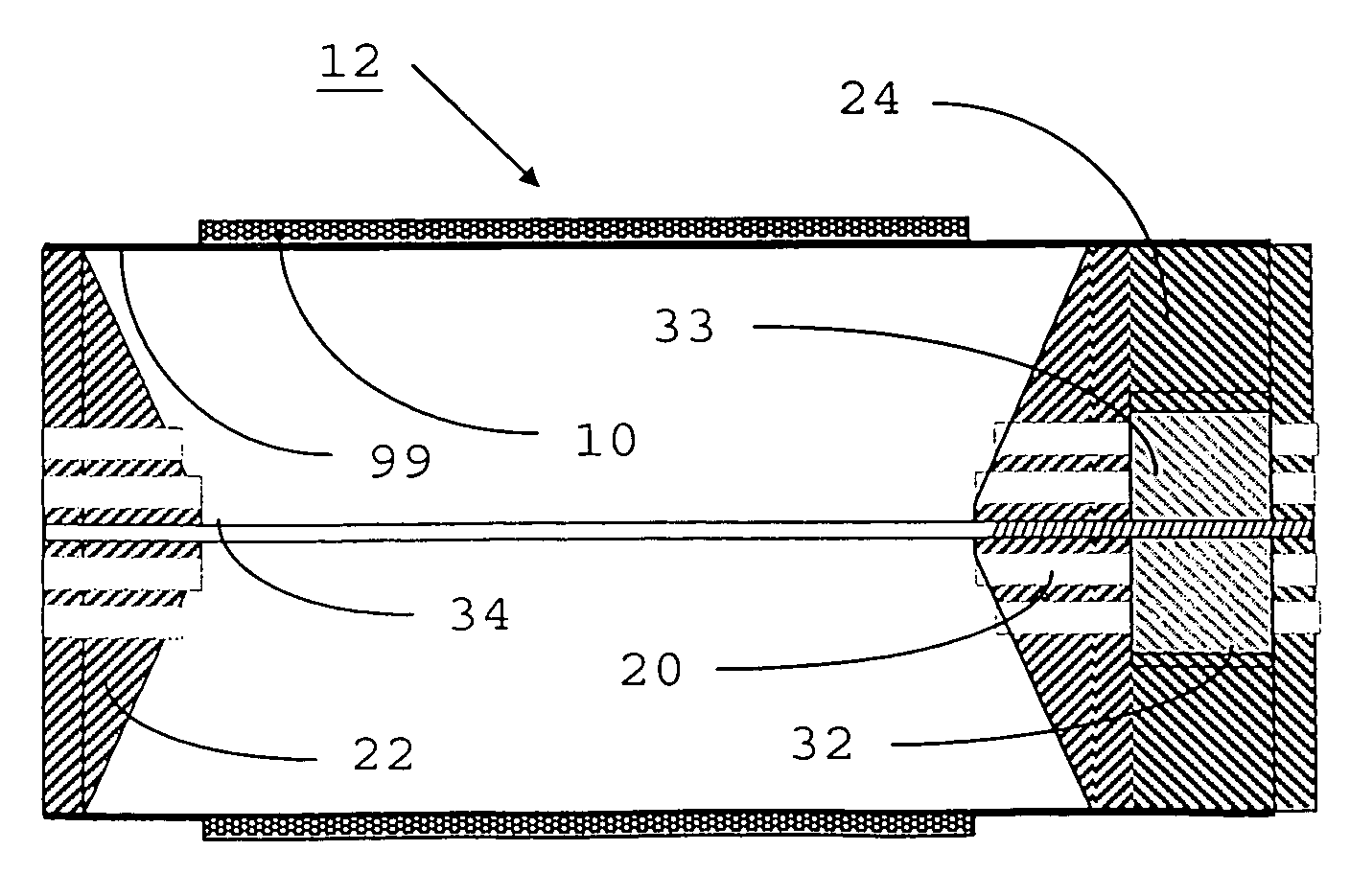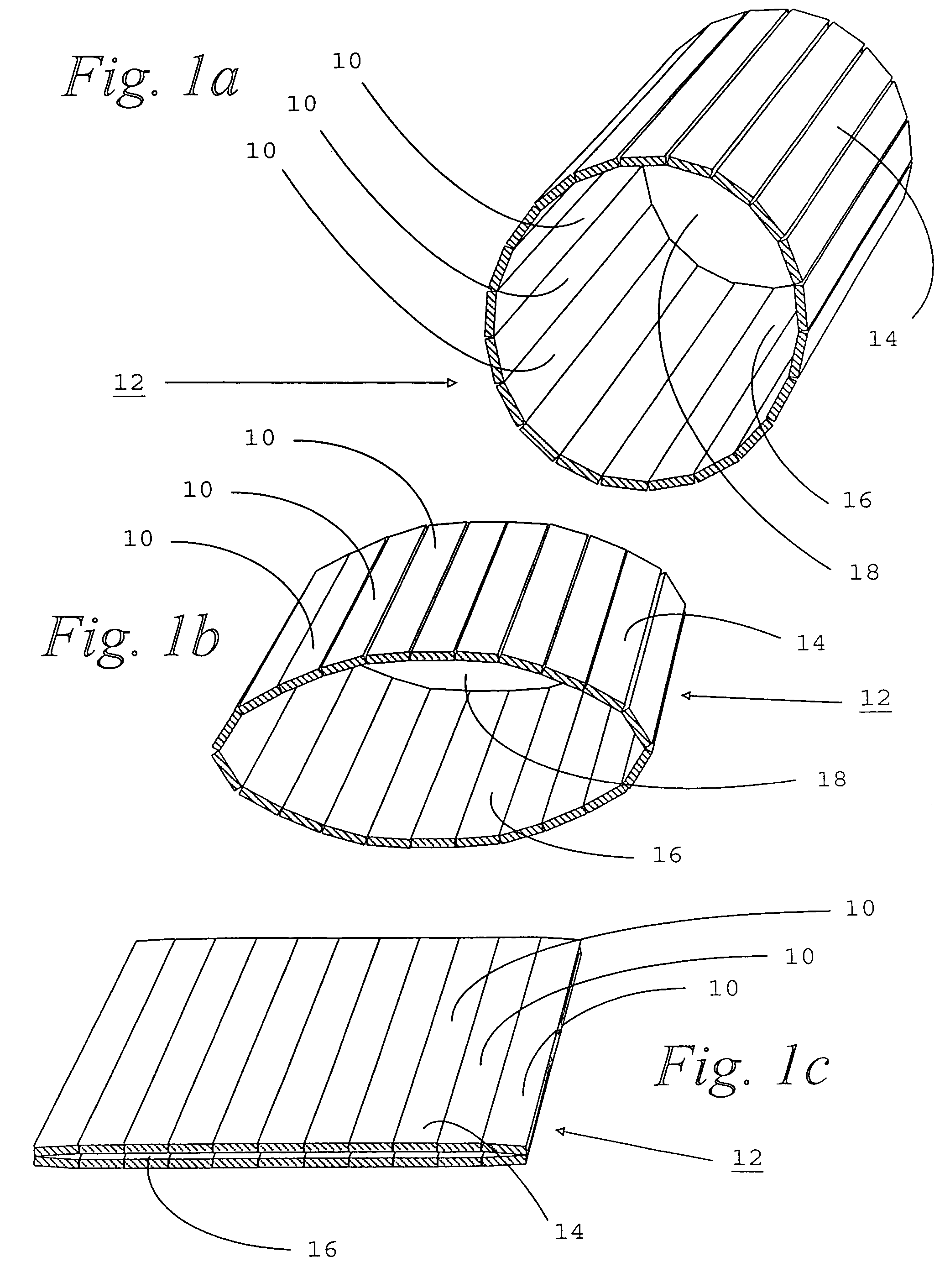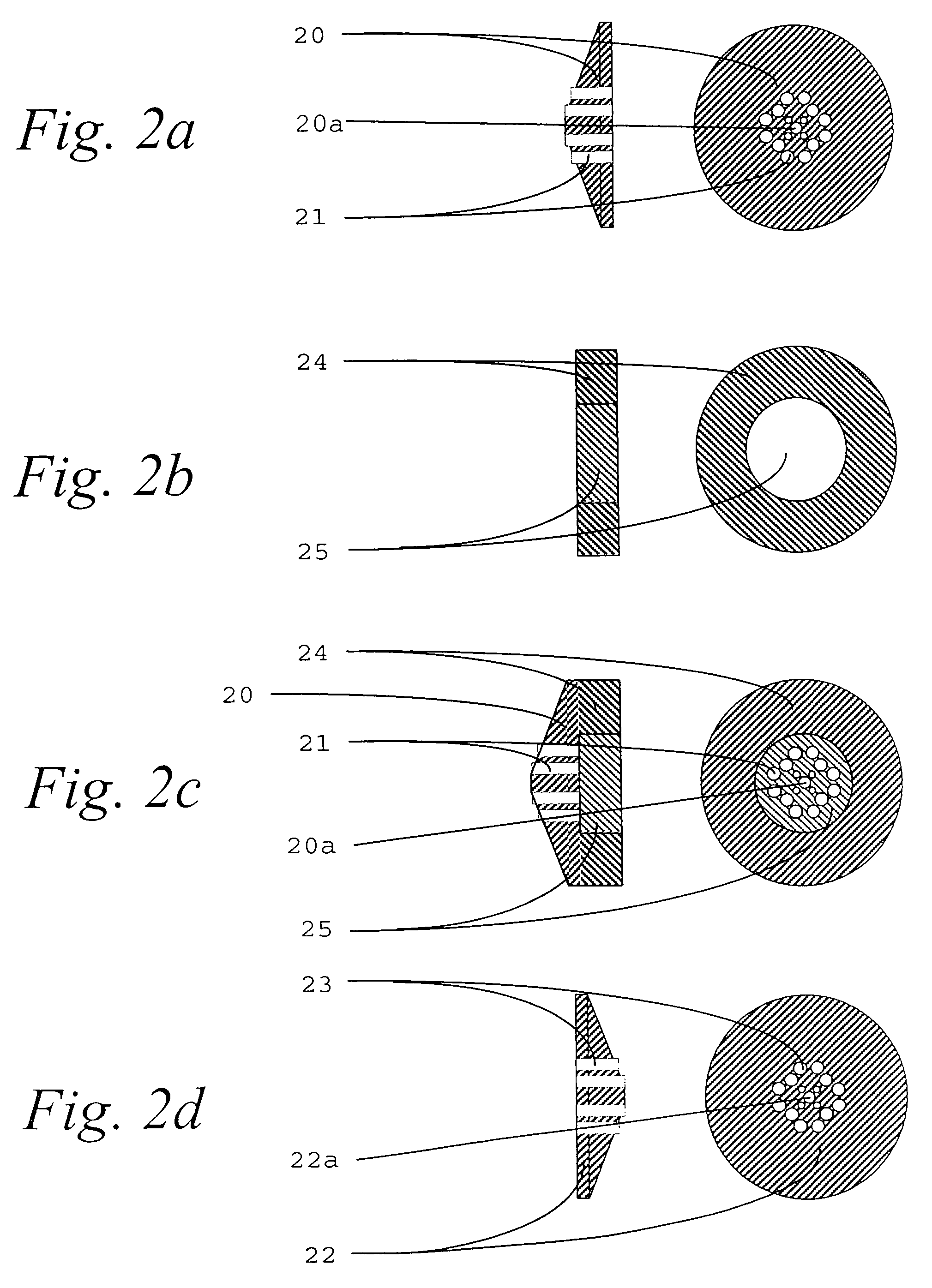One of the first problems identified was a general inability for single rescuers to simultaneously use one hand to maintain the face
mask seal, use the other hand to squeeze the chamber, and generate a breath of sufficient volume (called the
tidal volume).
One reason for these low volumes is it is difficult to maintain an airtight seal between the face
mask and the patient's face with one hand, resulting in frequent loss of a significant portion of the
tidal volume to leakage.
Another problem contributing to small tidal volumes is the randomly pliable nature of the
skin of the fluid chamber of the device.
When squeezed, areas not in direct contact with the rescuer's hand bulge out, reducing the efficiency of the manual compressing action which constitutes operation of the device.
Other studies proved these deficiencies were not related to the level of training of the rescuer—paramedics, nurses, and physicians operating the device were all found to be unable to consistently provide ventilation at recommended levels.
While it may seem obvious this problem can be overcome simply by providing more frequent breaths, this strategy can actually result in further decreased ventilation to the patient.
Consequently, one ventilating rapidly but with small tidal volumes is likely to deliver less effective ventilation than one would by utilizing a larger tidal volume at a slower rate.
The natural response would be to increase the ventilatory rate, however, higher ventilatory rates have been associated with increased operator hand fatigue and inattentiveness.
Therefore, despite increased ventilatory rate (and operator impression they are providing improved ventilation), overall ventilatory effectiveness may actually decrease, because as tidal volume decreases anatomic deadspace represents increasing proportions of each breath, which can provide a greater negative affect on alveolar ventilation than the positive effect of a higher rate.
As a result, many continue to inappropriately regard the effectiveness of the manual
resuscitator as rate-dependent rather than volume-dependent.
While increased volumes are produced by the two-person technique, clinical studies also identified significant hazards associated with the two-person technique.
Thus when two hands are used to provide a breath, improved surface-area contact between the hands and the fluid chamber decrease the extent of outward bulging, resulting in the generation of excessive volumes, air flow rates, and
airway pressures.
Generation of excessive volumes, pressures, and flow rates has been shown to cause significant hazards to the patient.
Even with the one-person technique, air flow rates and
airway pressures were excessive enough to cause air to preferentially enter the
stomach, and at times, flow to the
stomach actually was greater than the amount received by the lungs.
Inflation of the
stomach with air (called gastric insufflation) markedly increases the risk of patient
vomiting, potentially resulting in stomach contents entering the lungs (a grave complication).
When performed successfully on the first attempt
intubation can be completed in less than 10 seconds; however, the procedure is often successful only after multiple attempts, spanned over several minutes.
Indeed, at times
intubation attempts are all unsuccessful on a particular patient, perhaps due to trauma, anatomic aberrancies, and / or inexperience of the individual attempting to perform the procedure.
Until the patient is successfully intubated, the aforementioned deficiencies of the prior art continue to jeopardize
patient survival.
Even after successful
intubation, additional studies have shown use of prior art manual resuscitators are still associated with significant risks.
As previously indicated, one-handed operation results in inadequate ventilation to the patient, while two-handed operation is associated with excessive volumes, flow rates, and pressures.
One-handed operation in the intubated patient continues to result in ventilatory volumes which decrease the ability of the lungs to provide
oxygen to the blood.
More importantly, this also affects the amount of
carbon dioxide waste the lungs can remove from the blood, which is also an absolute requirement for the sustainment of life.
Finally, significant decreases in the effectiveness of electrical
defibrillation (the treatment for
ventricular fibrillation) has proven to be directly related to the presence of hypercarbia.
Accordingly, since one-handed operation has been shown to generate inadequate volumes to both intubated and unintubated patients, it would appear its employment during
resuscitation may contribute to patient mortality.
However, employing a two-handed technique in the intubated patient, while preventing the harmful effects of hypoventilation and hypercarbia, are associated with the aforementioned risks due to generation of excessive tidal volumes,
airway pressures, and flow rates other significant risks.
The potential for
lung injury is more pronounced when the patient is intubated since, under these circumstances, the
endotracheal tube provides a sealed, direct connection between the manual
resuscitator and the patient's lungs.
Accordingly, excessive or over-aggressive ventilatory techniques, encouraged in-part by the intense environment of frantic
resuscitation efforts, have been documented to cause
traumatic injury to the lungs, particularly in pediatric and elderly patients.
Treatment of
ARDS is extensive, extremely costly, and frequently unsuccessful.
Excessive ventilatory volumes and pressures can also cause acute life-threatening
lung injury through actual disruption of
lung tissue.
In addition to
pneumothorax (collapsed lung), there have been several reports of cases where high inflation pressures generated by manual resuscitators have caused air to directly enter the bloodstream (called an
air embolism), a complication which is almost invariably fatal.
Another deficiency of the prior art is related to
high variability of tidal volumes generated by the device.
Small changes in
hand position on the fluid chamber are exaggerated by the bulging-out effect, causing disproportionate changes in tidal volumes.
This attribute contributes to the inability of the prior art device to provide consistent and predictable ventilation to the patient, regardless of operator technique.
This has been postulated to interfere with the ability to interpret certain blood tests which assess the effectiveness of ventilation and which are fundamental measures of ventilation effectiveness.
Another
disadvantage associated with breath-to-breath inconsistency is an inability to detect certain life-threatening conditions which are associated with increasing lung resistance.
Late identification of such underlying injuries further jeopardizes the patient and complicates treatment.
While several techniques to detect
carbon dioxide (which is not present in quantity in the stomach) provides assurance the tube has been placed in the trachea, aside from interrupting resuscitation to obtain a chest X-
ray there is no way to readily assess exact placement of the
endotracheal tube within the trachea.
This is a significant concern; if the tube is advanced or displaced too far, the end of the tube may progress beyond the bifurcation and thus only one lung will be ventilated (probably resulting
in patient death if not recognized).
Due to the aforementioned breath-to-breath variability of the prior art, this condition, also marked by increased pressures associated with the delivery of a
specific volume, is not likely to be obvious via the operation of the prior art.
Accordingly, one can see the prior art manual resuscitator, while simple and inexpensive in design and operation, has multiple barriers to the consistent delivery of safe and effective
artificial ventilation.
Its use in unintubated patients either results in inadequate ventilation and hypercarbia with the one-person technique (or if a child-size device is employed), or the unacceptable risk of gastric insufflation and aspiration of vomitus associated with the two-person technique with the full-sized adult device.
When used on intubated patients employment of a one-handed technique contributes to hypoventilation and hypercarbia, the latter of which has been proven to have several potent affects on the heart which directly contribute to increased mortality from cardiac arrest.
When two-handed operation is used on intubated patients, the lack of an ability to guard against the generation of excessive
airway pressures and volumes has been demonstrated to result in circulatory depression and a significant incidence of
lung injury, the latter of which results in further complications, increased hospitalization, and / or death.
Furthermore, breath-to-breath variability associated with the prior art results in unpredictable and inconsistent ventilation (affecting the ability to interpret certain blood tests), and decreases or inhibits the sensitivity for one to detect progressively increasing pulmonary resistance to ventilation, which can be indicative of endotracheal tube displacement or the presence of underlying life-threatening intrathoracic injury.
 Login to View More
Login to View More  Login to View More
Login to View More 


